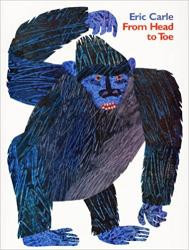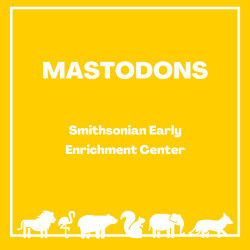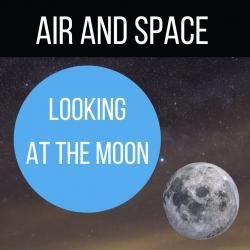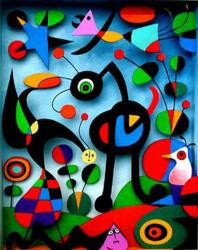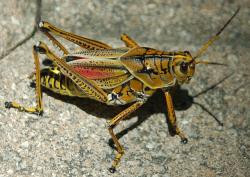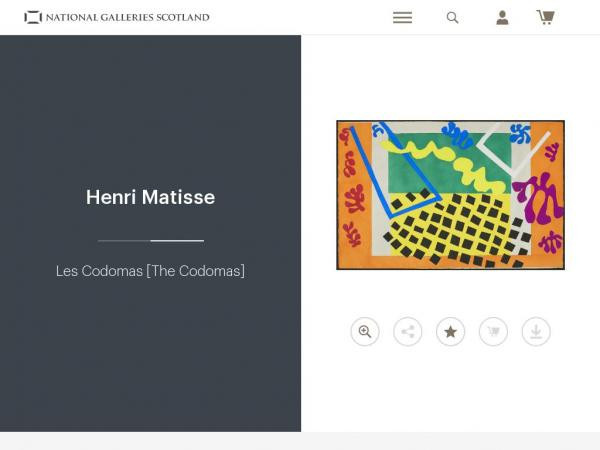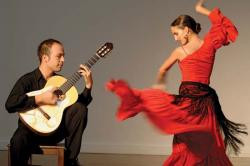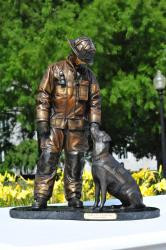Smithsonian Early Enrichment Center
Nestled in the nation’s capital in the richest museum complex in the world is the Smithsonian Early Enrichment Center, a model early childhood program that places children at the center of every experience. SEEC utilizes an emergent curriculum, following the children's interests to teach content and developmental skills through objects in the museums and community.
Smithsonian Early Enrichment Center's collections
Museums & Anti-Bias Educational Resources
<p>This collection compiles different resources to explore four connected subjects: the important role that museums can play for early learners, the functionality of object-based learning, the purpose behind and ways to discuss race & justice during early childhood, and anti-biased educational approaches in children’s books and why they matter. While this list was made for museum educators, the practices and strategies referred to can be helpful to any individual who has a child in their life. </p>
<p>Created by Carla Barefoot, an Office of Engagement intern at the Smithsonian Early Enrichment Center.</p>
 Smithsonian Early Enrichment Center
Smithsonian Early Enrichment Center
16
Movement
<p>This collection uses Eric Carle's book <em>From Head to Toe </em>to explore how animals and people move. To talk about the book with your child, first read From Head to Toe together (or watch the video in the first box). Next, let your child look at the other animals on the webpage and decide what he/she wants to explore. Encourage conversation and exploration!</p>
<p>This collection was created by Smithsonian Early Enrichment Center faculty member. #SEECStories</p>
 Smithsonian Early Enrichment Center
Smithsonian Early Enrichment Center
27
Monkeys Grasp
<p>Objectives</p>
<ul><li>Compare movements of the flying trapeze artist to the movements of monkeys swinging from the trees </li><li>Imagine what it would feel like to swing (like a trapeze artist and like a monkey)</li><li>Learn about how monkeys move </li></ul>
 Smithsonian Early Enrichment Center
Smithsonian Early Enrichment Center
12
Joan Miro
<p>This resources in this collection provide a basic introduction to the life and work of Spanish artist Joan Miró.</p><p>This collection was created by Smithsonian Early Enrichment Center faculty member. #SEECStories<br /></p>
 Smithsonian Early Enrichment Center
Smithsonian Early Enrichment Center
14
Insects
<p>SI resources for insects.</p><p><br /></p><p>This collection was created by Smithsonian Early Enrichment Center faculty member. #SEECStories<br /></p>
 Smithsonian Early Enrichment Center
Smithsonian Early Enrichment Center
11
How to Build a Car
<p>Objectives:</p><p></p><p>● Discover ways that cars are built<br />● Learn about welding and comparing welding statues to welding cars<br />● Investigate and explore car tools<br />● Learn about car mechanic</p><p></p>
 Smithsonian Early Enrichment Center
Smithsonian Early Enrichment Center
14
Grasshopper - Lesson
<ul><li>Compare and Contrast the Eastern Lubber Grasshopper to the Conehead Grasshopper<p><br /></p>
<ul><li>Colors</li><li>Ability to move</li><li>Shape and size</li></ul></li><li>Explore grasshopper's mouth pieces that are used for grinding </li></ul><p>This collection was created by Smithsonian Early Enrichment Center faculty member. #SEECStories</p>
 Smithsonian Early Enrichment Center
Smithsonian Early Enrichment Center
7
Flying Trapeze
<p>Objectives</p>
<ul><li>Learn that trapeze artists had to be very precise with their timing</li><li>Experiment with motion and pendulums </li></ul>
 Smithsonian Early Enrichment Center
Smithsonian Early Enrichment Center
5
Flamenco
<p>An introduction to the basics of Flamenco music and dance.</p>
<p>#SmithsonianMusic<br /></p><p>This collection was created by Smithsonian Early Enrichment Center faculty member. #SEECStories<br /></p>
 Smithsonian Early Enrichment Center
Smithsonian Early Enrichment Center
10
Expressing Emotions
<p>Objectives</p><p>● Identify facial features<br />● Learn about different ways to communicate<br />● Discover that the way your face looks can communicate emotions<br />● Explore different emotions and how faces might look when expressing emotions<br />● Build empathy by learning how others might express their emotions</p><p></p>
 Smithsonian Early Enrichment Center
Smithsonian Early Enrichment Center
15
Emotion Eruptions
<p>Objectives </p><ul><li>Build an emotional literacy </li><li>Discuss ways to calm down body instead of erupting </li><li>Use bells to practice breathing and mindfulness</li><li>Explore ancient bells of China</li></ul>
 Smithsonian Early Enrichment Center
Smithsonian Early Enrichment Center
38
Electricity
<p>What is electricity? What are the mechanics behind it? How do we use it? What is its history. This collection helps to answer these questions and may spark more curiosity about electricity.</p><p>This collection was created by Smithsonian Early Enrichment Center faculty member. #SEECStories<br /></p>
 Smithsonian Early Enrichment Center
Smithsonian Early Enrichment Center
34


